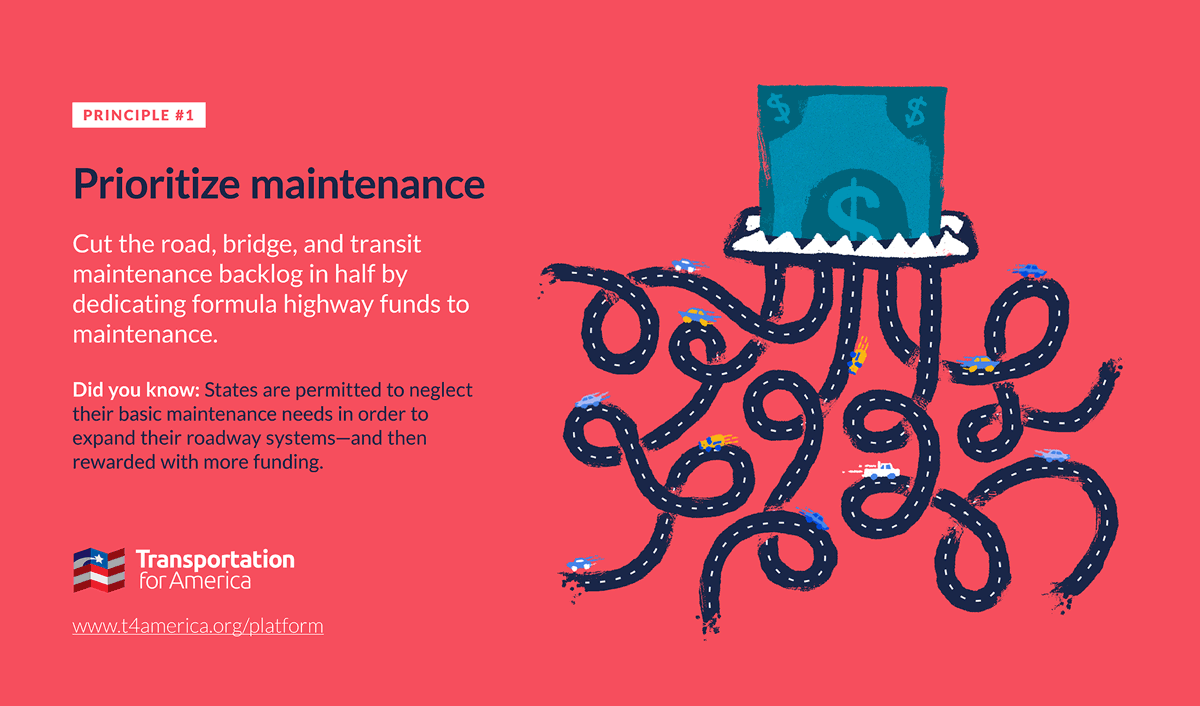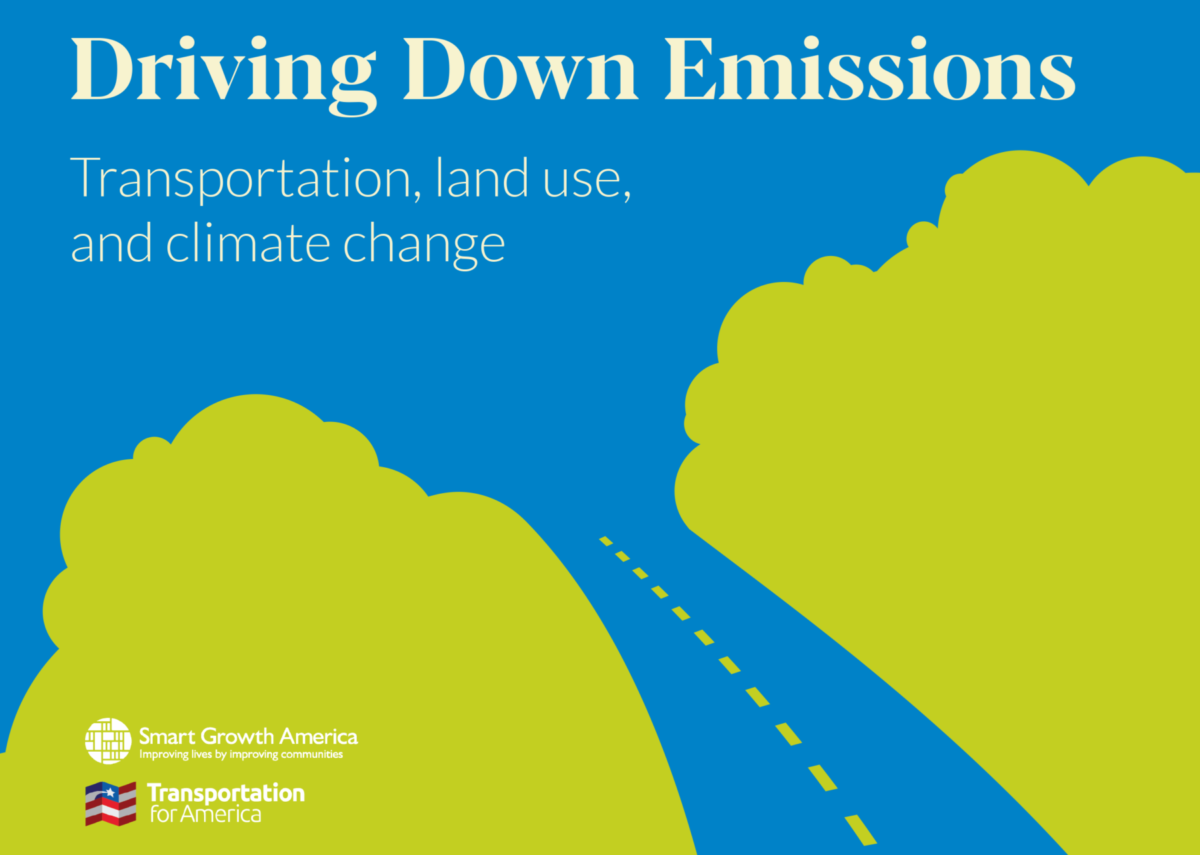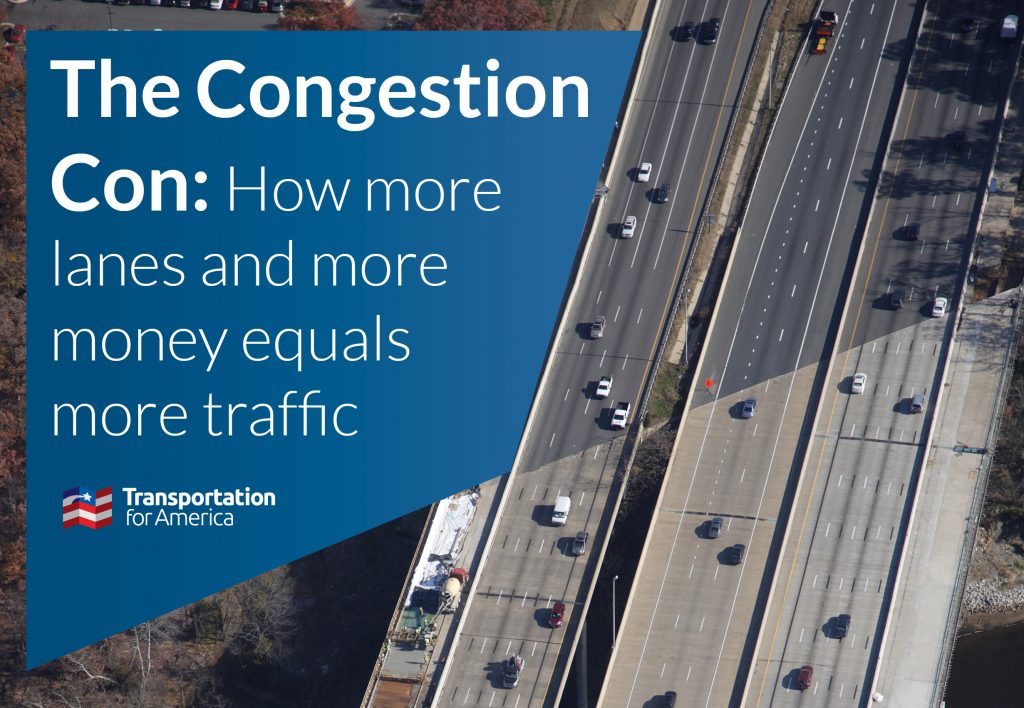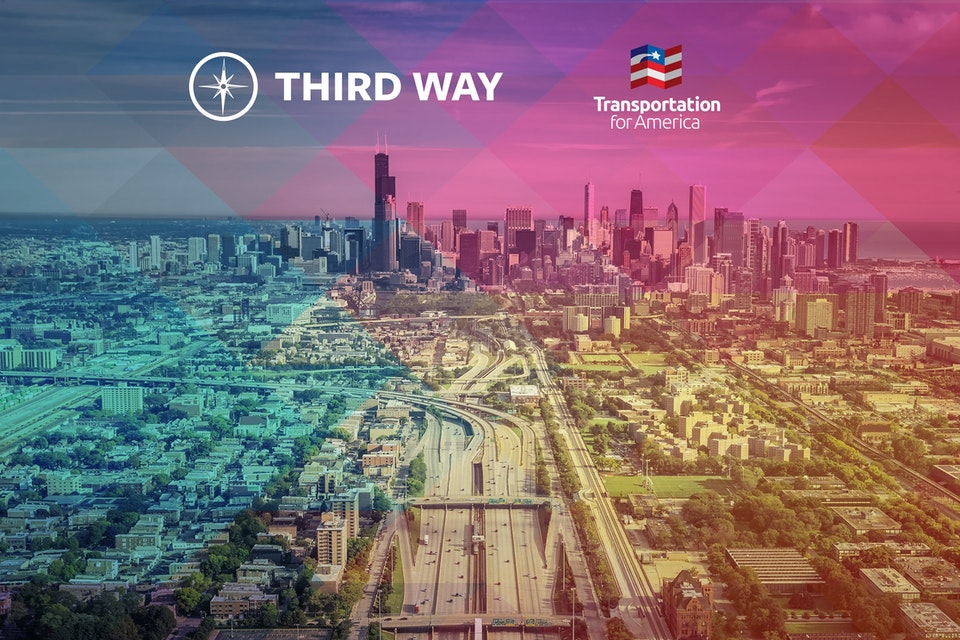Posts Tagged "pedestrian safety"
Pedestrian deaths are up by a staggering 75 percent since 2010
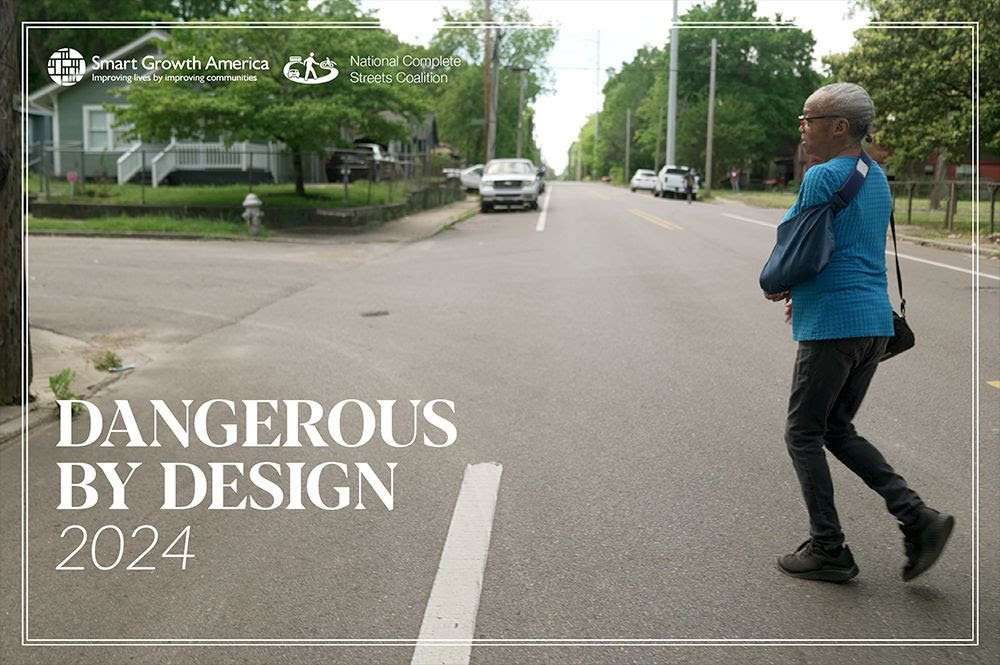
The 2024 edition of Dangerous by Design is out now, combining federal data with lived experience to unpack the connection between roadway design and the ever-increasing record deaths of people walking. The report ranks the most dangerous metros in the United States based on pedestrian fatalities from 2018 to 2022.
“Short-term action, long-term change”: How quick builds are bringing innovation to safe streets implementation
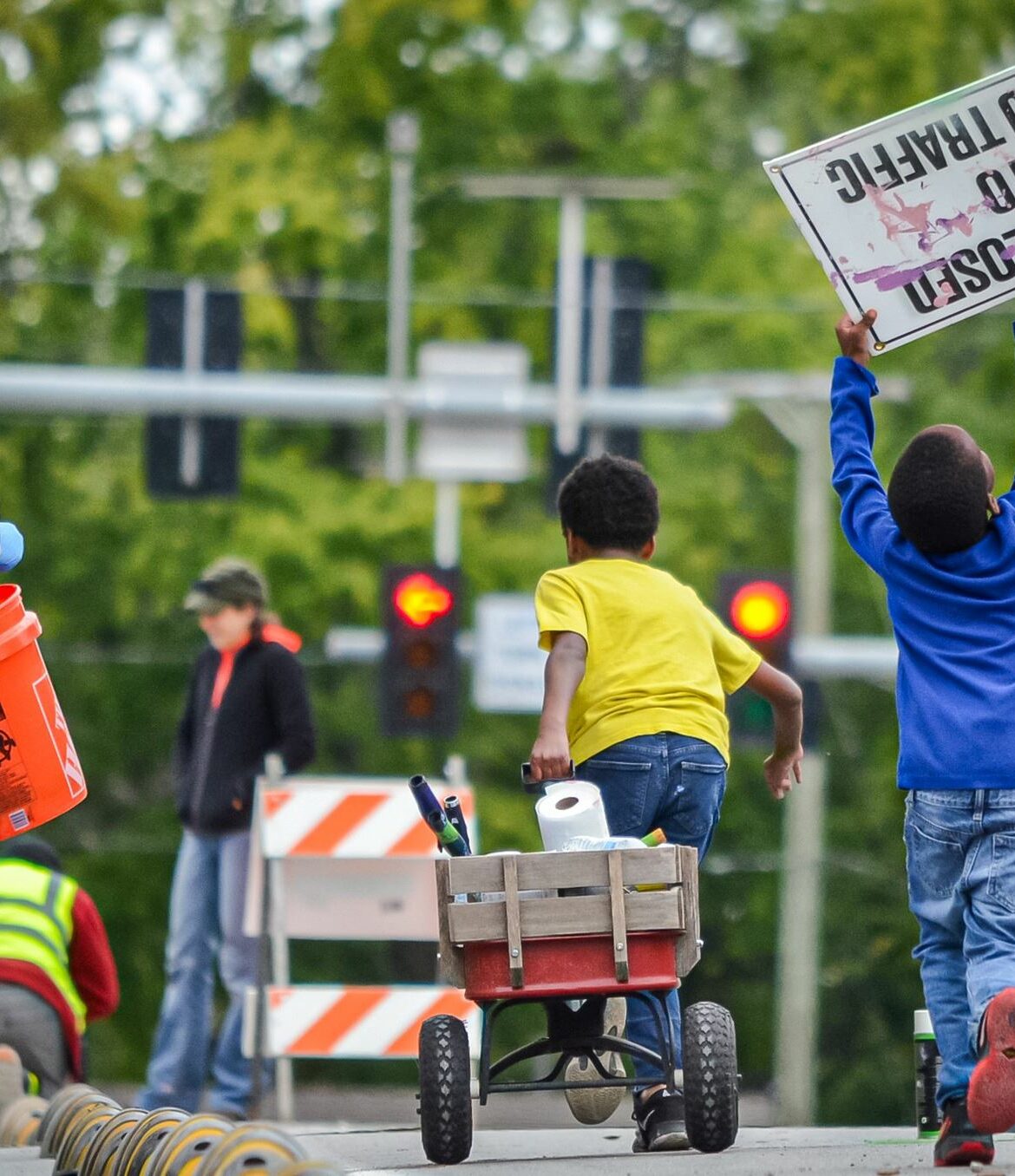
Quick-build projects prioritize affordable, rapid, and temporary solutions to inaccessible and unsafe streetscape conditions. Through this approach to project implementation, communities are able to set an example that establishes the need and precedent for continued change in their urban environment.
Press statement: Newly updated MUTCD doesn’t go far enough to protect pedestrians

Washington, D.C. (Dec. 20) — Yesterday, the Federal Highway Administration (FHWA) released the 11th Edition of the Manual on Uniform Traffic Control Devices (MUTCD), a document “that governs how traffic control devices communicate the design intent to the road user to safely and efficiently navigate the roadway system.” Smart Growth America and Transportation for America […]
Sizing up deadly vehicles
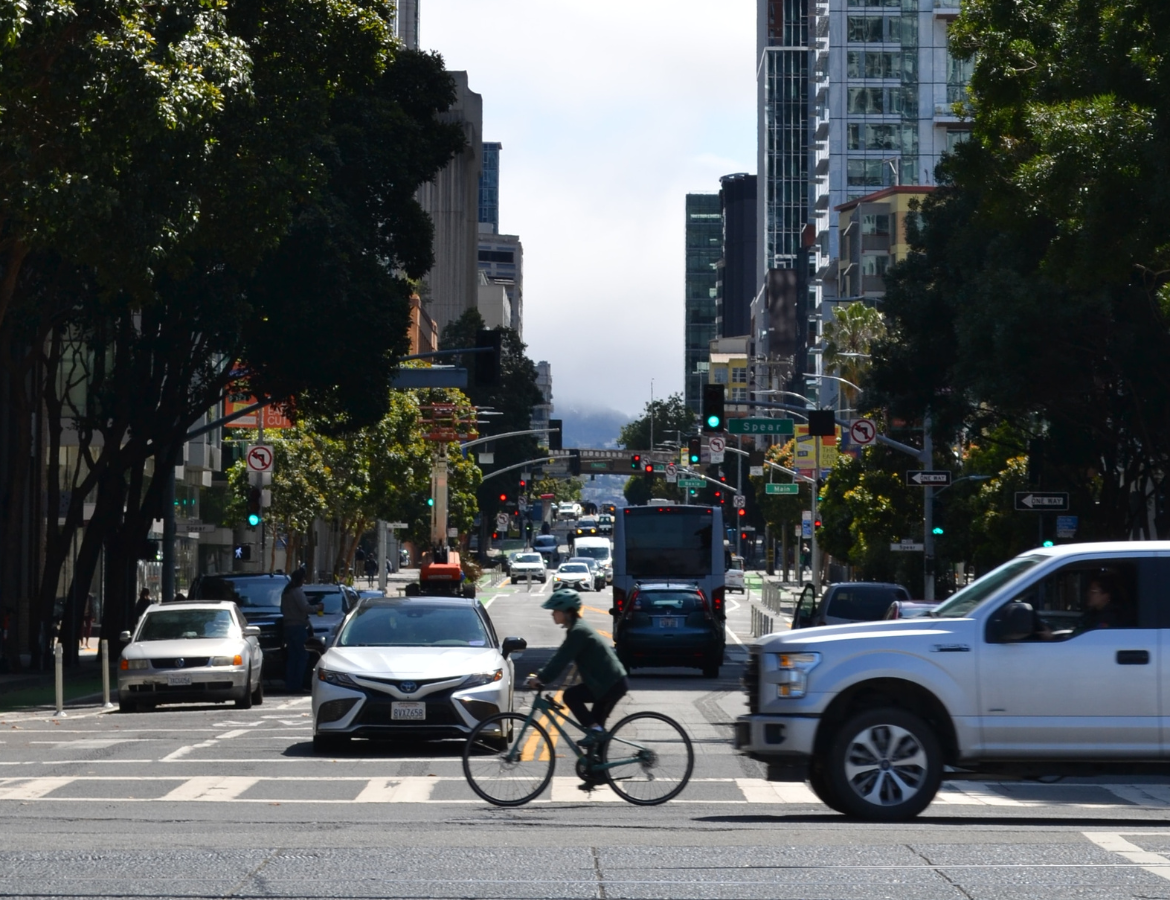
To check the ever-increasing danger on our nation’s roadways, Transportation for America joined a coalition of advocates to call for stronger federal assessments of large vehicles. Read our comment letter. More than 6,500 people walking were struck and killed in 2020, and the Governors Highway Safety Association projects that even more were killed in 2021, […]
Rising fatalities a sign to modernize federal design framework
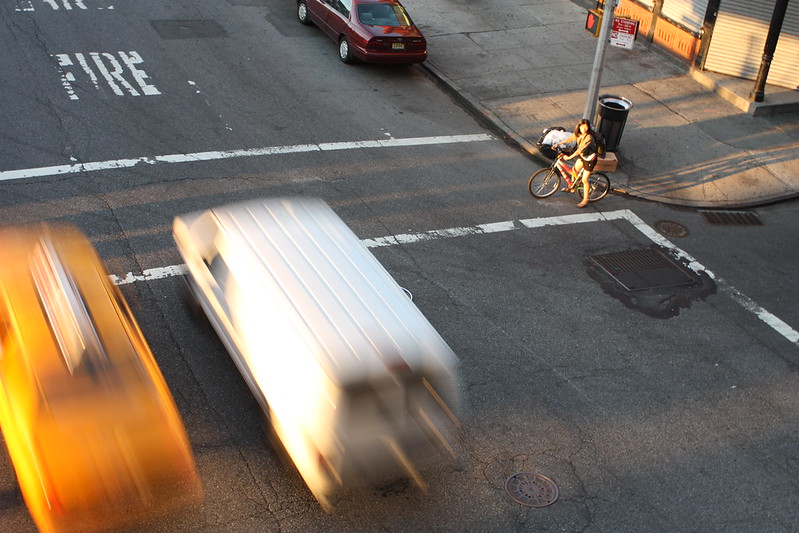
Despite a binding requirement to release an updated version more than a month ago, the Federal Highway Administration missed the deadline to release a new edition of a federal handbook with national influence on street design. There were many positive changes proposed for this edition, but unless this delay comes because further improvements are underway, this new edition might ultimately be another green light for increasing traffic fatalities.
Eliminating driver error doesn’t work. What does? Part III: The Seven E’s
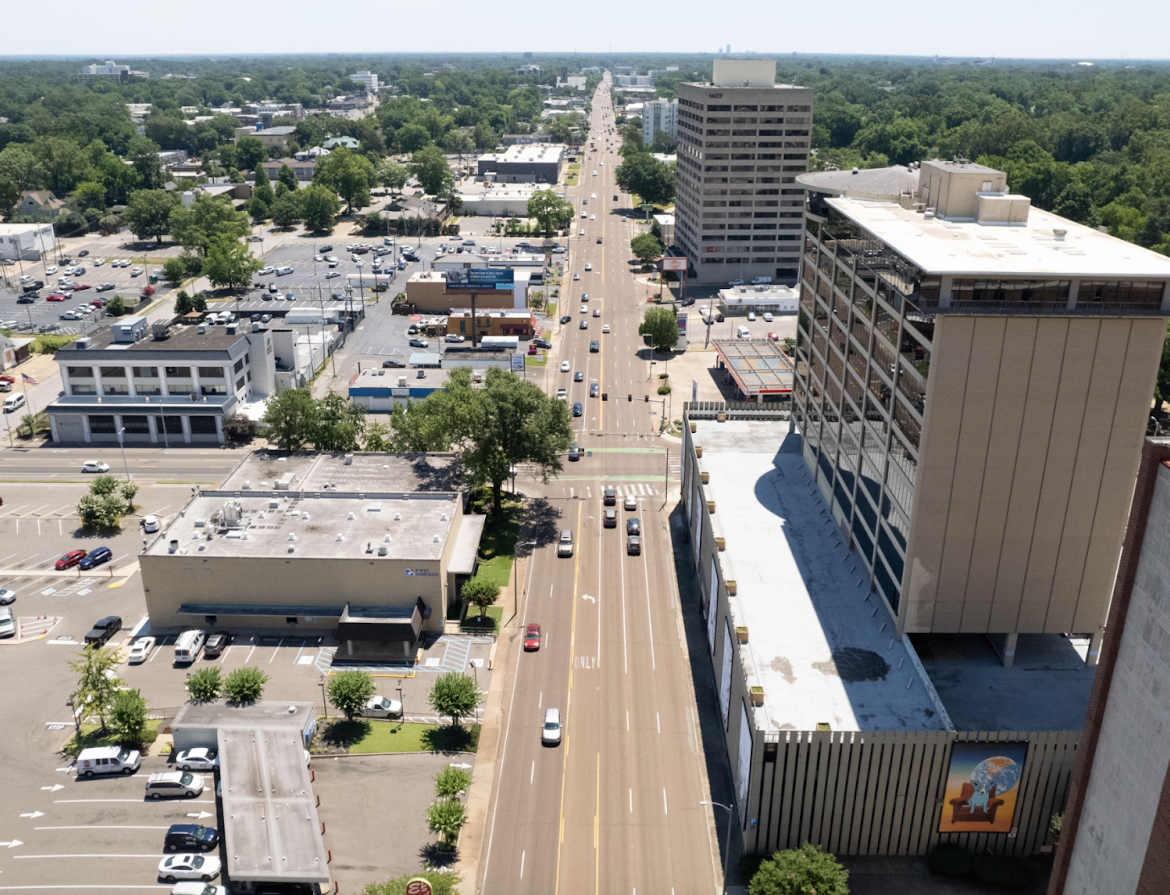
Cities across the world are arriving at the same conclusion: the only acceptable number of pedestrian crash-related deaths is zero. How can state departments of transportation be part of the solution? In this third part of our blog series, we explore the seven E’s state DOTs should consider when making pedestrian safety infrastructure improvements.
Repealing jaywalking laws to refocus on street design

Washington could be the next state to repeal jaywalking laws. While the repeal could address racial and social justice issues, the effort could also lead the conversation toward more just and safe street design.
Assessing safety for the most vulnerable road users
Beginning in November of 2023, Vulnerable Road User (VRU) safety assessments will be required as appendices or addendum to Strategic Highway Safety Plan (SHSPs). While the goal of these assessments is to strengthen the Highway Safety Improvement Program (HSIP), recent federal guidance falls short on addressing dangerous road design.
Eliminating driver error doesn’t work. What does? Part I
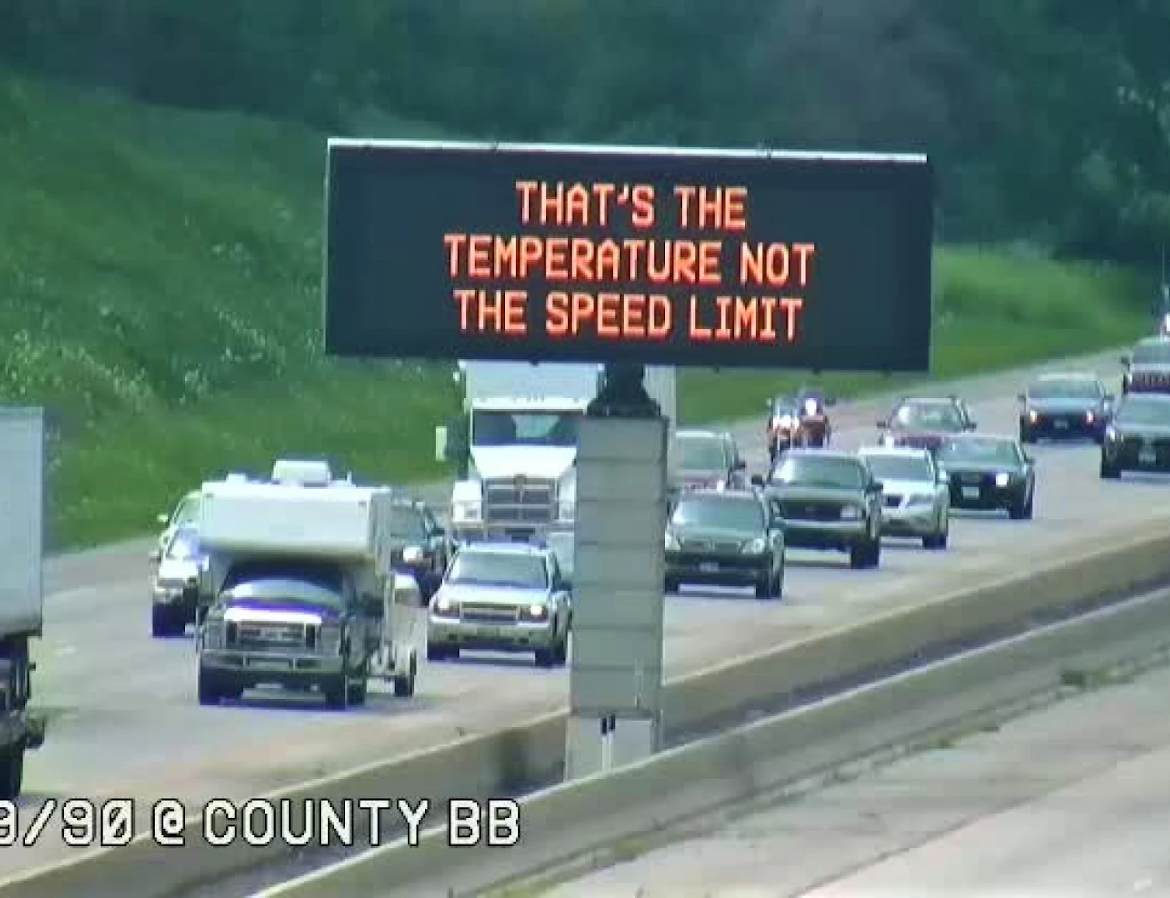
Billions of dollars in new federal highway funding are flowing into road safety programs, so we wanted to review the research on which interventions can save lives on America’s roads—and which are failing to do so. All the available data tell us one thing clearly: strategies that fail to accept human error and reduce speeds also fail to reduce road casualties.
Vision Zero won’t happen without Safe Streets for All
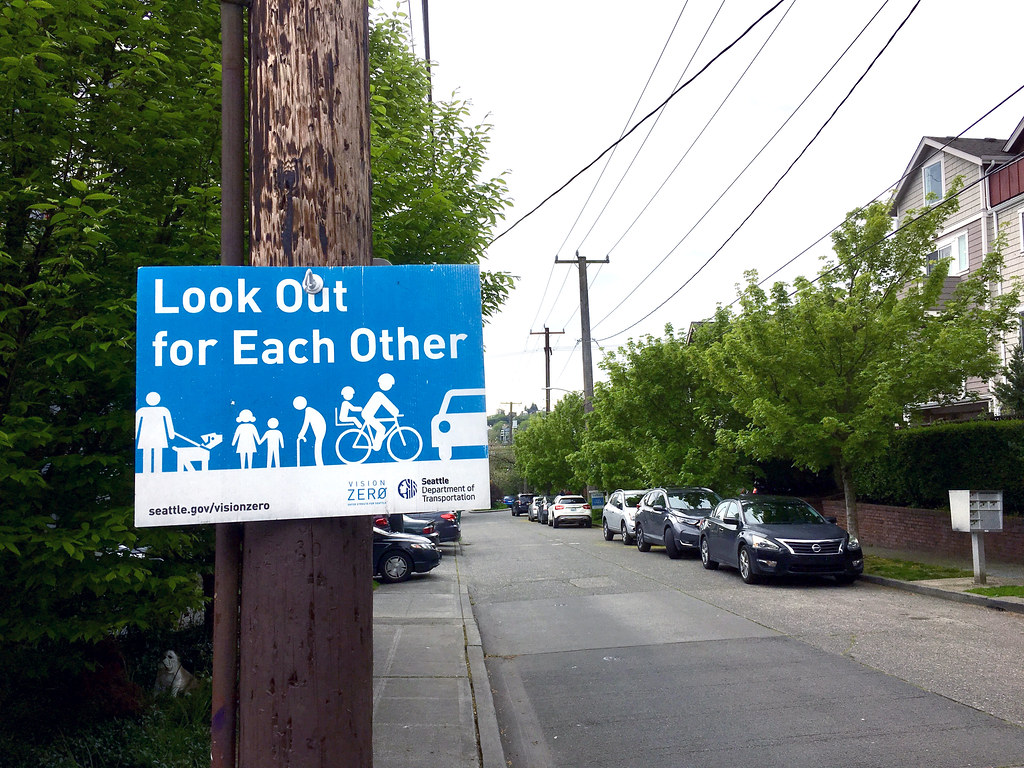
The infrastructure law created a new grant program to help communities tackle the increasing rate of roadway deaths. The Safe Streets and Roads for All program allows localities to take direct steps to improve safety for all roadway users, whether they’re setting up a Vision Zero plan or actually planning, designing, and constructing street safety improvements. Funding is available now.
WATCH: Safety and vehicle speed are fundamentally opposed
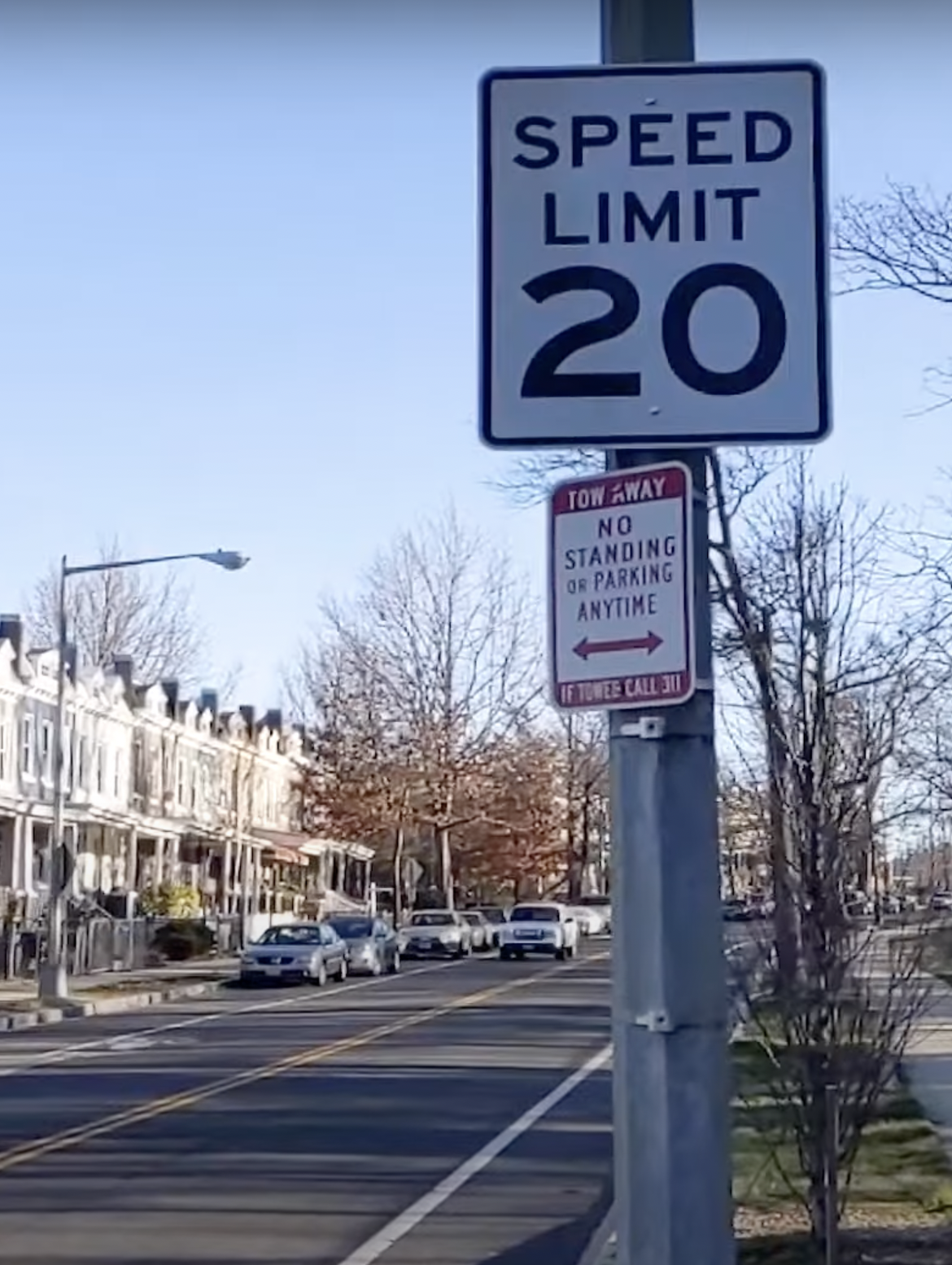
Sometimes we have to see it to believe it. How would street design really look if we prioritized the safety of all road users? Smart Growth America and the National Complete Streets Coalition’s latest video illustrates that when streets are designed to move as many cars as possible as quickly as possible, other road users pay the price.
The infrastructure law and safety: Will it be able to move the needle?
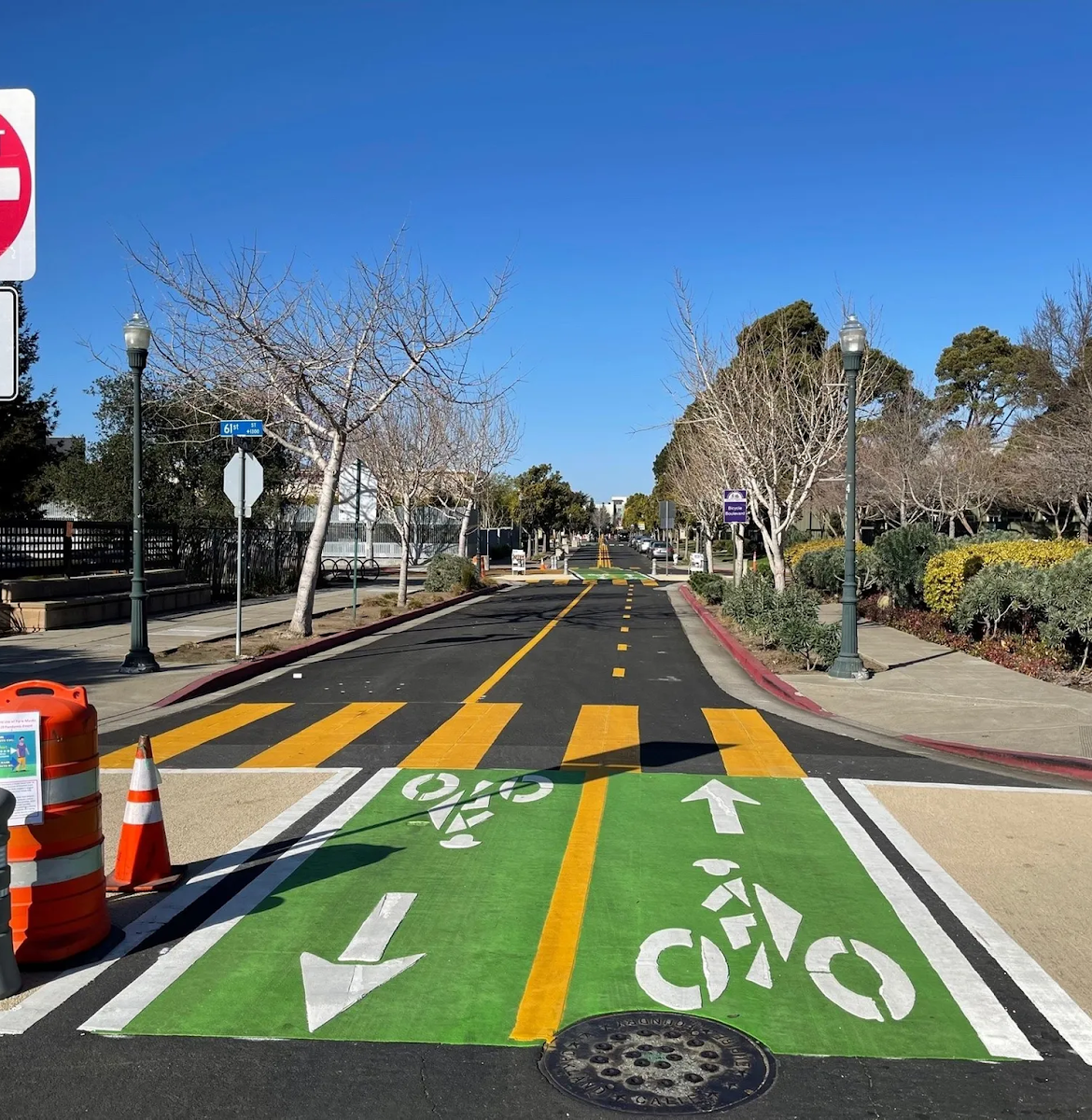
The new infrastructure law authorizes around $650 billion to fund transportation infrastructure through formula and competitive grant programs, some of which have safety as a core emphasis. Here’s what you need to know about the new money and (modest) policy changes to the safety program, as well as how you can make them work for you.
Our solutions for congestion are worse than the problem
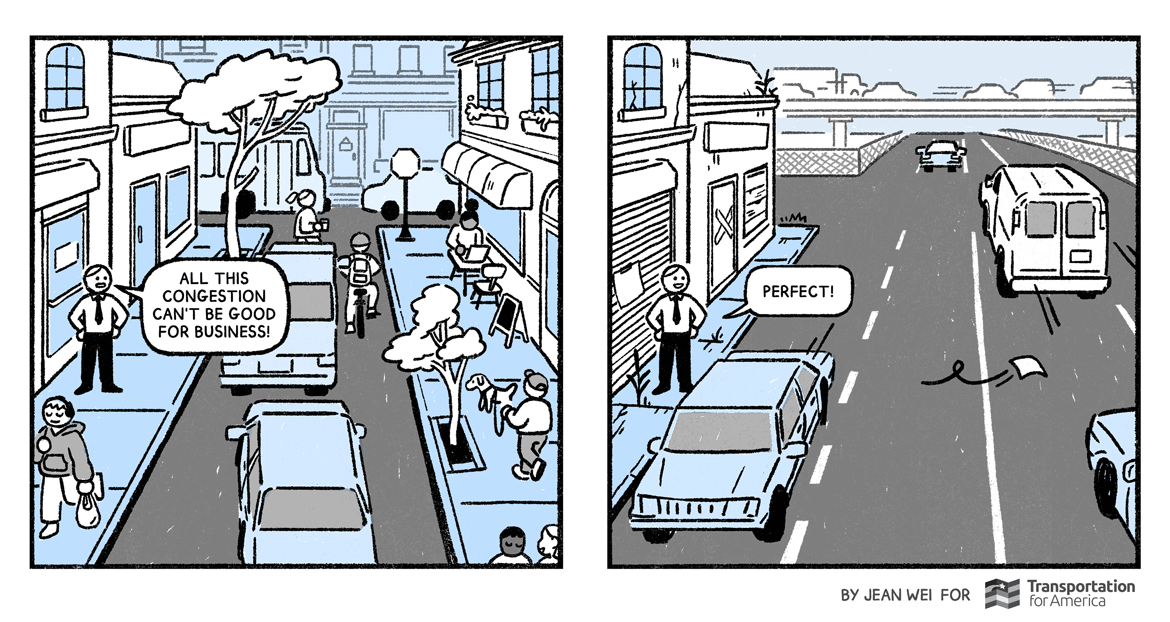
For decades, transportation agencies have been trying to “solve” congestion by increasing road capacity, even when doing so can obliterate or divide communities, harm local businesses, and make streets more dangerous. Our latest cartoon shows how our “cures” for congestion are often worse than the problem.
Behind the scenes on the rise in pedestrian and cyclist fatalities and injuries
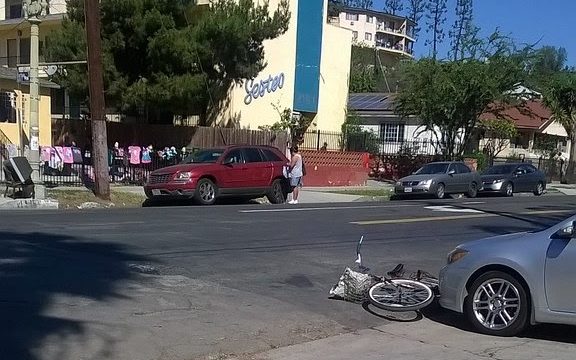
Driver expectations, higher speeds resulting from less congestion, major gaps in infrastructure, and a systemic criminalization of pedestrian and cyclist traffic on the road have contributed to the alarming, record increases in the deaths of people struck and killed while walking or biking, according to researchers.
Month of Action Week 2: Tackling our deadly streets

With Congress writing long-term transportation policy this month, we need to make sure that this bill doesn’t continue the broken status quo. This week, we need you to take action to support the Complete Streets Act.
Safety over speed week: The U.S. builds death traps, not streets
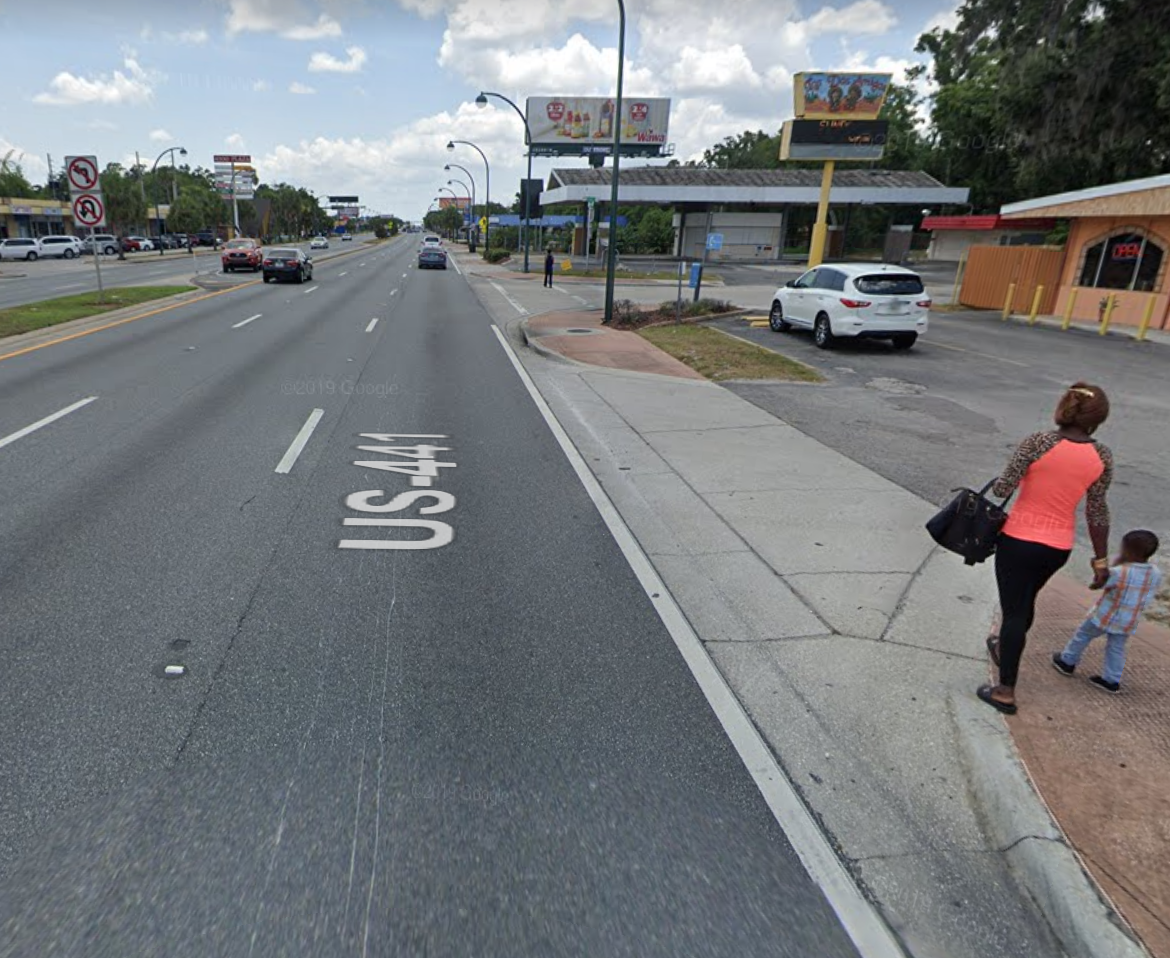
We took a look at one busy road outside of Orlando where a dozen people have been struck and killed by drivers in recent years. The mix of high-speed traffic with people walking, biking, and taking transit is a dangerous combination; in the event of a crash, people die. The Complete Streets Act of 2019 would go a long way to give local government more resources to redesign these dangerous streets so everyone can travel along them safely.
Safety over speed week: Prioritizing safety is intrinsically connected with improving transit service

Nearly every bus transit rider starts and ends their trip with a walk, and decisions made to prioritize vehicle speed over safety often have significant impacts on transit. This excerpt from the new book “Better Buses, Better Cities” helps explain how better bus transit and prioritizing safety over speed are intrinsically related.
Safety over speed week: Drive like your kid business lives here
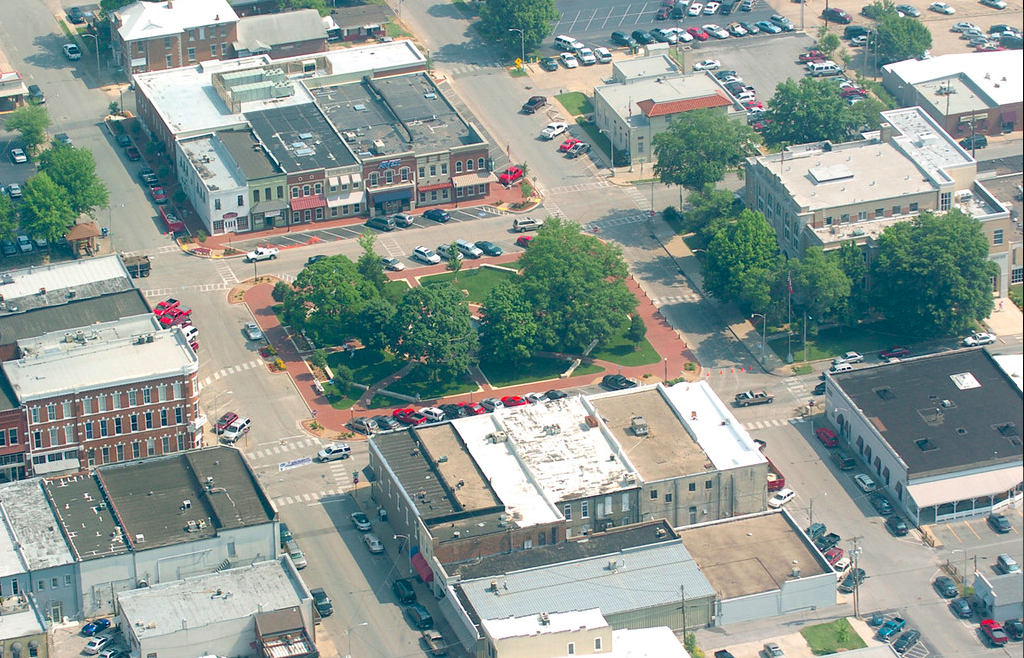
Economic slowdowns are generally a bad thing. But slowing down might be good for the economy, so long as we’re slowing vehicle speeds. Streets designed to accommodate (slow) drivers, people walking and biking, and transit riders are better for businesses, save money on health care costs, and can help businesses attract and retain talent.
Safety over speed week: Slip lanes would never exist if we prioritized safety over speed
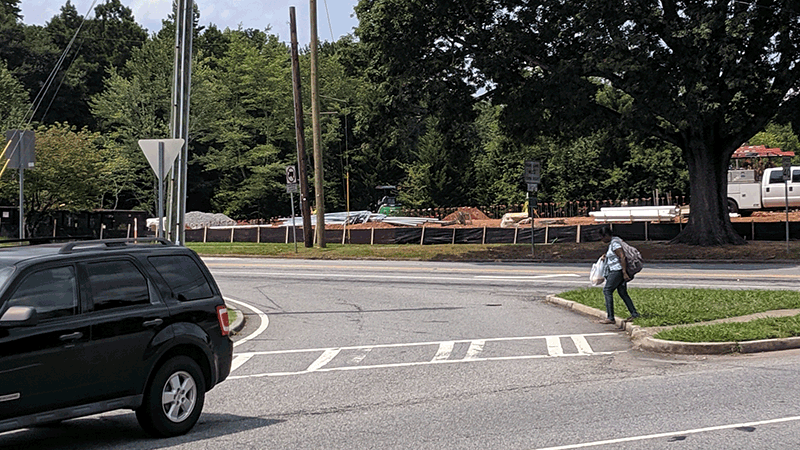
A specific design feature on our roadways is the quintessential embodiment of what happens when speed is the #1 priority and safety becomes secondary. Slip lanes, those short turning lanes at intersections that allow vehicles to turn right without slowing down, are incredibly dangerous for people walking. Yet states & cities keep building them. Why?
Competition: Which street is the most dangerously-designed?
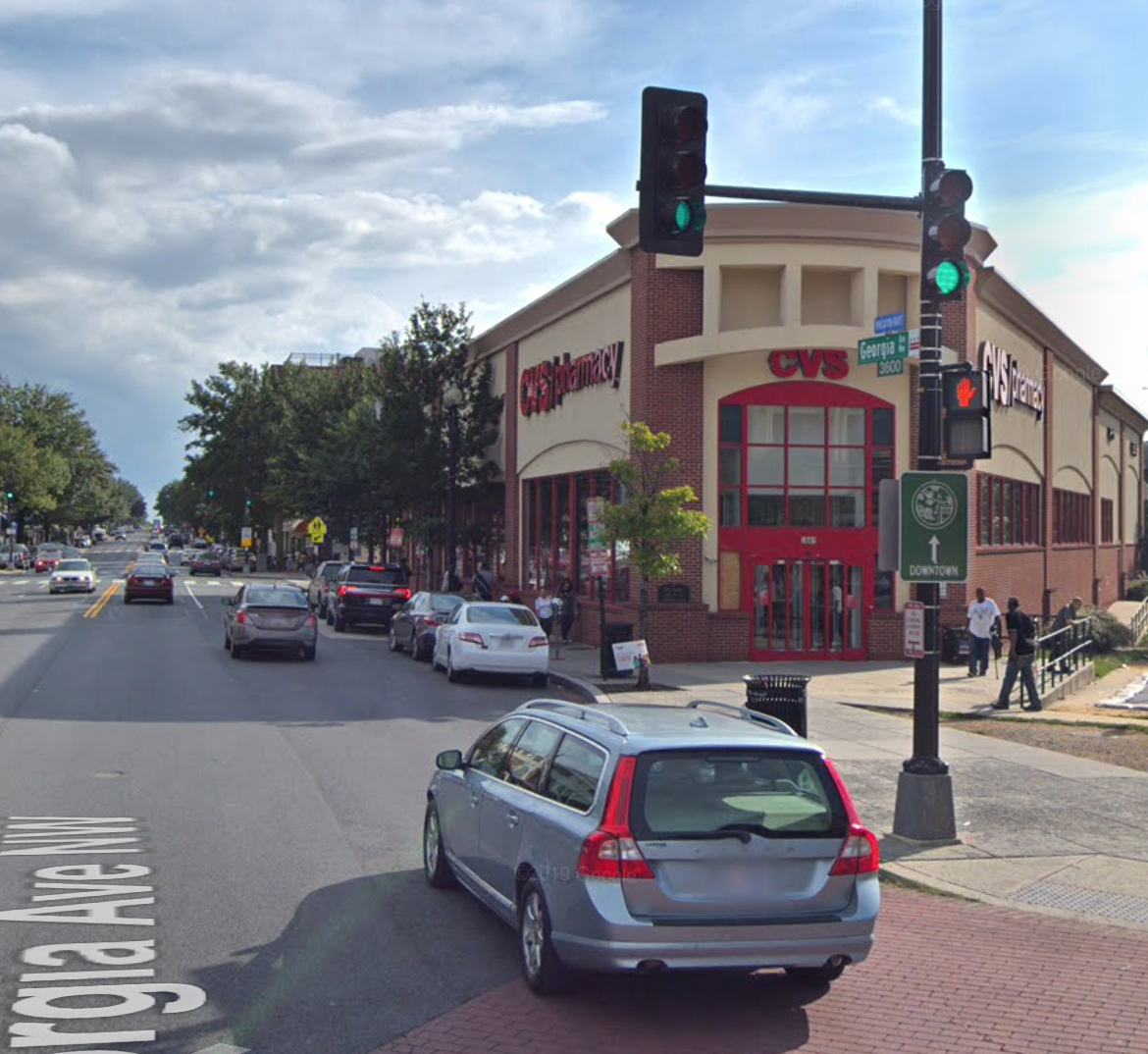
This week, we’ll be taking a deep dive on our second principle for transportation policy: design for safety over speed. Throughout the week, send photos of streets in your area that are designed for speeds far higher than the posted speed limit or where the speed limit is way too high for the context. On Friday (Nov. 8), you’ll have a chance to vote for the worst offender.





